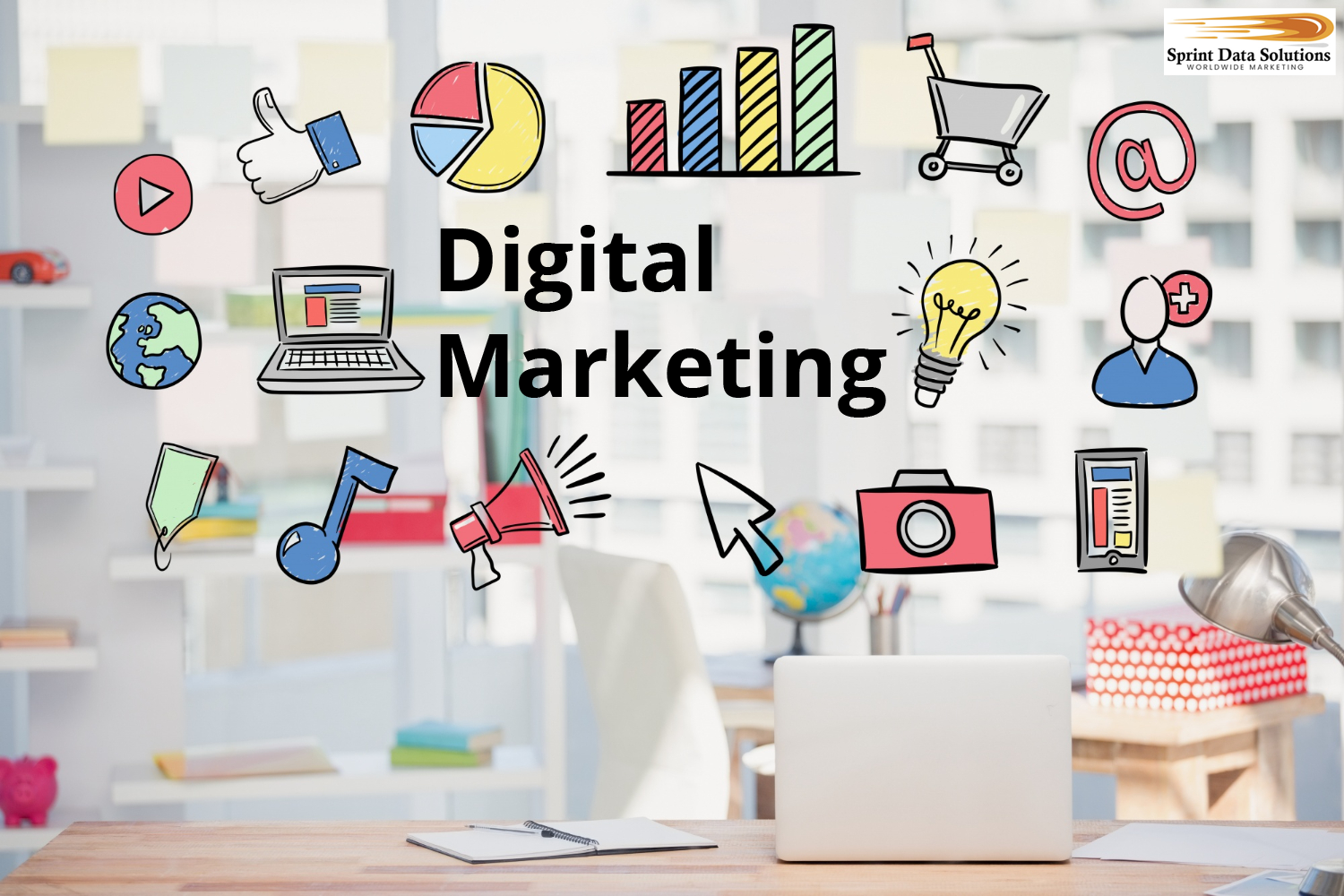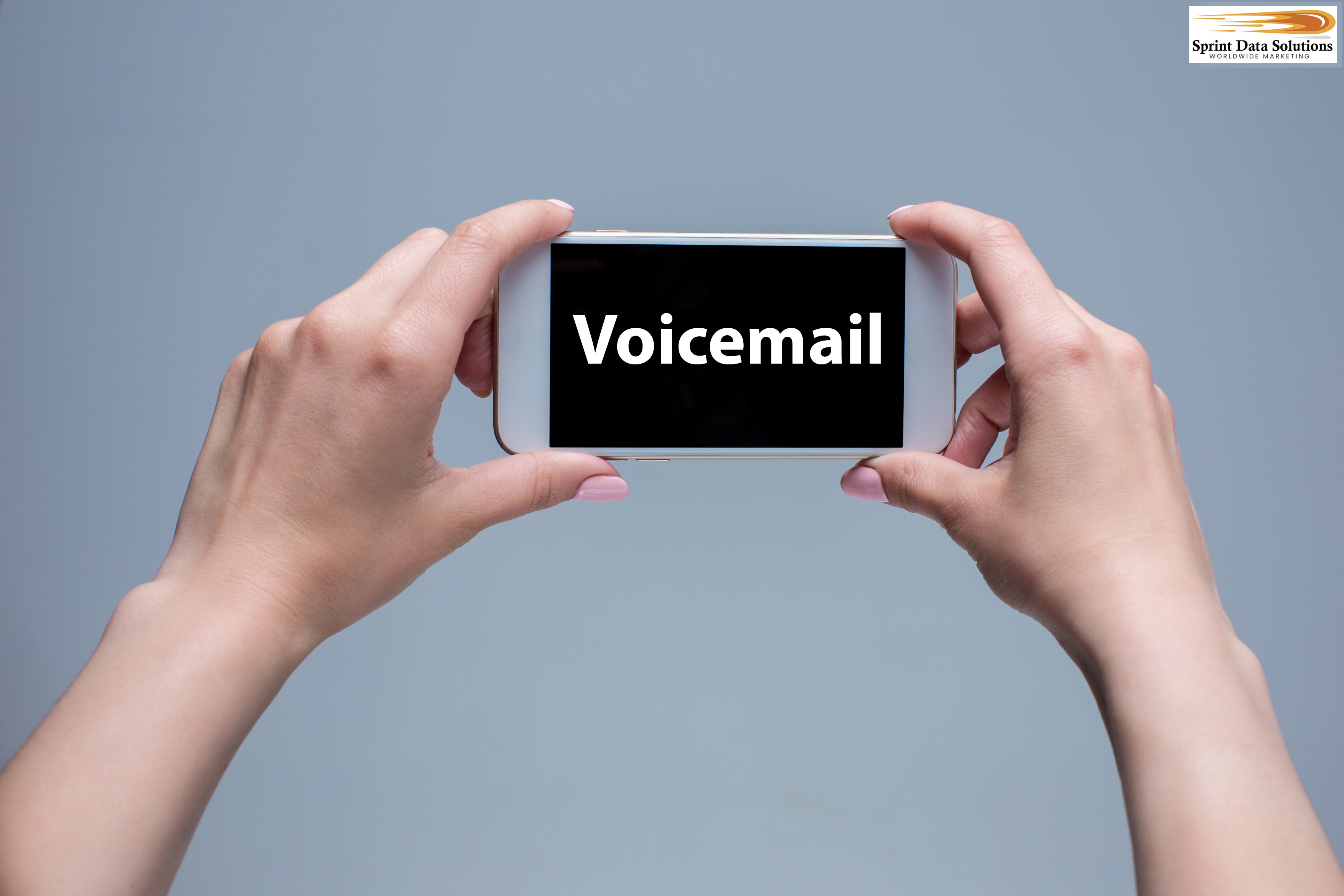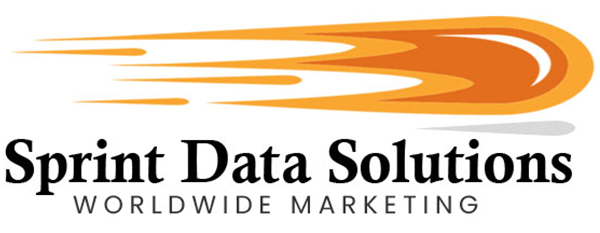Digital Marketing Is The Next Channel For The 21st Century
The concept of marketing has undergone a dramatic transformation over the past few centuries, driven largely by the evolution of media and communication technologies. In the 19th century, marketing was largely rooted in print media. With the invention and proliferation of the printing press, businesses relied heavily on newspapers, flyers, pamphlets, and posters to promote their goods and services. These materials allowed for mass communication to literate audiences and were particularly effective in local and regional markets. Advertising during this period was static, informational, and text-heavy, focusing on direct messages and calls to action.
The 20th century ushered in an entirely new era of marketing, as advancements in technology introduced radio and later television into the mainstream. Radio brought a dynamic auditory dimension to advertising, enabling marketers to tap into storytelling, sound effects, and music to influence consumer emotions and behaviors. It also allowed brands to create a sense of intimacy and immediacy, as messages could be heard in real time by mass audiences. Television built upon this by adding a powerful visual element. Marketers could now use motion, color, and facial expressions to demonstrate product benefits and create emotionally resonant messages. The visual storytelling of television ads significantly shaped brand identities and consumer culture, making marketing more persuasive, entertaining, and engaging than ever before.
These technological shifts not only expanded the creative possibilities for marketers but also broadened the reach of campaigns, allowing businesses to connect with national and even global audiences. As each new medium emerged, marketers adapted their strategies, transitioning from static print ads to immersive, multisensory campaigns that reflected the growing sophistication of both technology and consumer expectations.
In the 21st century, marketing has undergone a transformative shift—one that goes far beyond enhancing the quality of audio or video presentation. Today, the core of modern marketing revolves around data-driven granularity. With the rise of digital platforms that integrate the strengths of earlier marketing media—print, broadcast, and direct mail—marketers now have the tools to reach larger audiences with greater precision. The true game-changer, however, is not just reach, but relevance. Algorithms, analytics, and big data allow businesses to align specific products or services with individuals most likely to be interested, based on behaviors, preferences, demographics, and even real-time interactions.
This level of hyper-targeted personalization makes it possible to generate stronger engagement and conversion from a smaller, more qualified audience segment, reducing waste and increasing ROI. It’s a strategy that moves away from blanket advertising toward smarter, leaner, and more effective campaigns. Sprint Data Solutions Worldwide Marketing specializes in this exact approach. By leveraging sophisticated data systems and advanced segmentation techniques, the company empowers businesses to connect meaningfully with ideal customers—turning marketing from a guessing game into a precise, impactful process.

What Sprint Data Solutions Worldwide Marketing Is
Sprint Data Solutions Worldwide Marketing was born from the vision and determination of a disabled veteran seeking to transition from serving his country in uniform to serving its economy through entrepreneurship. With a steadfast belief in the potential of marketing to drive business growth, he founded the company at a pivotal time—just before the widespread viability of digital marketing. During this era, traditional advertising platforms such as television, radio, and print media continued to dominate the marketing landscape. Digital media, although still in its infancy, was beginning to show early signs of disruptive potential across various industries, sparking predictions that marketing would soon follow the same trajectory.
From the outset, Sprint Data Solutions specialized in direct mail marketing, a field that not only provided clients with tangible outreach strategies but also developed the company’s foundational expertise in data acquisition, list management, and analytical segmentation. These skillsets—sharpened through years of handling physical mailing campaigns—would later prove instrumental as the industry began to pivot. As digital channels matured and consumer behavior shifted toward online platforms, many businesses found themselves unprepared to navigate the complexities of data-driven digital outreach. Sprint Data Solutions, however, had already built the tools and talent necessary to make the leap.
Recognizing the shift ahead of the curve, the company proactively integrated digital marketing into its service offerings, leveraging its established data practices to target audiences with newfound precision. This early mover advantage not only allowed Sprint Data Solutions to position itself as a leader in multichannel marketing, but also provided substantial benefits to clients seeking innovative, results-driven solutions. The company’s adaptability and forward-thinking approach helped it grow beyond its roots, becoming a respected authority in both traditional and digital spheres of marketing.
The Digital Marketing Difference
Digital marketing represents a transformative evolution in the world of promotional outreach, offering levels of precision and measurability that traditional media simply cannot match. While conventional advertising platforms such as television, radio, and print have long enabled businesses to reach wide audiences, they lack the ability to capture detailed feedback on campaign performance. For instance, when a commercial airs on television, there is no definitive way to determine exactly how many people viewed it, whether they watched it in its entirety, or whether it had any tangible effect on their purchasing decisions. Marketers are left relying on ratings systems, generalized consumer behavior studies, and other statistical approximations that offer broad insights at best and educated guesses at worst. This limitation hampers the ability to make real-time adjustments or accurately measure return on investment (ROI).
In stark contrast, digital marketing thrives on data. Every digital interaction—whether it’s a page view, a click, a form submission, or a completed transaction—generates data that can be instantly collected, analyzed, and acted upon. This real-time feedback loop empowers businesses to make data-driven decisions, continuously optimize their campaigns, and personalize their outreach based on actual user behavior. Digital platforms inherently depend on software protocols that track every aspect of interaction, from email delivery confirmations to user engagement metrics on social media and websites. Without this infrastructure, digital marketing wouldn’t be functional; it is the very fabric that makes digital platforms intelligent and responsive.
Take email marketing, for example. Unlike direct mail, which can be misdelivered, lost, or disregarded without a trace, email offers verifiable delivery reports and engagement analytics. Businesses can know with certainty whether an email bounced, was opened, or resulted in a click-through to a specific product or landing page. This level of transparency makes it far easier to identify what content resonates with audiences. When email campaigns are paired with tools like unique discount codes or tracked URLs, marketers can trace a customer’s journey from the initial email to a final purchase. Moreover, this data can reveal deeper insights, such as which demographics are most responsive, what time of day yields the highest engagement, and which subject lines drive the most opens—leading to smarter segmentation and targeting in future campaigns.
Ultimately, the shift to digital marketing has not just expanded the toolbox for businesses—it has redefined the expectations for what marketing can and should deliver: accountability, adaptability, and actionable intelligence. With access to robust analytics and behavioral insights, businesses can build stronger connections with their audiences and achieve more efficient, impactful marketing outcomes than ever before.
Multi-Media
One of the most powerful advantages of digital marketing over traditional marketing lies in its unparalleled flexibility across media formats. Traditional platforms each have inherent limitations—print cannot convey sound or motion, radio is restricted to audio without visual components, and video, while visually dynamic, lacks real-time two-way interaction. Digital marketing, however, is not constrained by these boundaries. It serves as a convergence point for all media types, enabling the integration of text, images, audio, video, and even interactive experiences in a single campaign. This ability to blend multiple forms of communication allows marketers to craft richer, more immersive experiences tailored to diverse audiences.
Take email marketing as an example. What once was a purely text-based medium has evolved into a dynamic channel that can include colorful visuals, product photographs, and carefully designed layouts. Moreover, embedded links can guide recipients to external websites, video content, or even audio clips. Interactive components—such as feedback forms, surveys, and real-time chat tools—can further enhance engagement. These features make it possible to initiate conversations directly with human representatives or even deploy AI-powered chatbots that offer immediate responses and assistance.
Beyond email, digital marketing now permeates nearly every modern device and platform. Smartphones, for instance, support a wide variety of content formats, enabling brands to deliver SMS promotions, push notifications, app-based interactions, or social media campaigns tailored to users’ behavior and preferences. Digital billboards, voice-activated assistants, augmented reality experiences, and geolocation-based ads are other examples of how digital marketing extends beyond static formats. This dynamic landscape provides marketers with a versatile toolkit to reach consumers more personally, responsively, and efficiently than ever before.
Email Marketing
Email marketing stands out as one of the most adaptable and efficient forms of digital outreach available today. Unlike traditional direct mail, which is limited to being accessed at a physical mailbox, email marketing reaches recipients wherever they are—on desktop computers at home or work, on laptops while traveling, or even on smartphones, which are now primary internet access points for many users. This constant connectivity allows for more timely engagement, making it easier for businesses to maintain a consistent presence in the minds of their customers.
Moreover, the presentation flexibility of email marketing is unmatched. Campaigns can range from simple, text-only messages that prioritize clarity and speed of loading, to highly polished formats incorporating vibrant graphics, animations, videos, and interactive elements such as clickable product galleries or embedded surveys. This range ensures that businesses can tailor their email communications to suit both their brand image and the expectations of their target audience.
One of the most powerful aspects of email marketing lies in its data-driven capabilities. Emails can include embedded links that track user engagement—such as opens, clicks, time spent reading, and conversions—giving marketers rich insights into customer behavior. Automation adds another layer of value: customers can receive personalized messages based on previous actions or purchases. For instance, a customer who previously bought a specific item can be alerted the moment it’s back in stock or offered a discount during a related sale. Abandoned shopping cart emails are another high-impact use case—these gentle reminders help recover lost sales by encouraging users to complete purchases they started. Furthermore, automated drip campaigns can maintain engagement over time, providing ongoing updates, special promotions, or loyalty incentives without requiring constant manual effort from staff. Overall, email marketing empowers businesses to create meaningful, data-backed customer relationships while optimizing efficiency and scalability.
Voice Broadcasting
Voice broadcasting, once seen as a relic of past marketing strategies rooted in radio advertising and telemarketing, is experiencing a modern revival thanks to the flexibility of digital platforms. While traditionally limited to analog audio formats, voice broadcasting has evolved into a dynamic tool that complements today’s multimedia marketing ecosystem. Its integration with digital technology now allows it to be deployed across a range of modern channels—from being embedded in email campaigns to serving as personalized voicemail messages or dynamic advertisements on social media and websites.
This transformation is more than just a technological upgrade; it’s about leveraging the unique emotional and persuasive power of the human voice. In an age where authenticity and personal connection are prized, voice broadcasting enables brands to deliver messages with nuance, tone, and emotion that text or images alone can’t replicate. Industries such as real estate, healthcare, political campaigns, and customer service find particular value in this format, as voice messages can convey urgency, empathy, or enthusiasm with immediacy. As attention spans shrink and consumers seek more interactive experiences, voice broadcasting—especially when paired with AI or automation—becomes a versatile and impactful component of a broader digital marketing strategy, breathing new life into an old technique and positioning it as a powerful engagement tool in the digital age.
Text/SMS
A more recent innovation in the world of digital marketing is the rise of SMS, or Short Message Service—often referred to simply as “texting.” Originating in the early era of mobile communication, SMS was initially developed to overcome the technical limitations of older cell phones, which lacked the storage capacity and processing power to handle emails or large multimedia files. These messages were restricted to short bursts of plain text, typically no more than a few sentences, giving rise to the term “short messaging.” Despite its modest beginnings, SMS has evolved into a powerful marketing channel, prized for its immediacy and high engagement rates. In fact, modern smartphone users are known to check text messages more quickly and frequently than email or even push notifications. The brevity of SMS can be its greatest asset—short messages, when crafted strategically, are more likely to be punchy, memorable, and action-oriented. Just as platforms like Twitter have thrived on concise communication, SMS marketing leverages the same principle to deliver direct, impactful messages that often yield higher open and response rates compared to other forms of outreach.

How We Can Help
Sprint Data Solutions Worldwide Marketing has built its reputation on a foundation of comprehensive, ethically sourced contact databases that have been cultivated and refined over many years. The company’s commitment to responsible data acquisition is unwavering, ensuring that all information is gathered through legal and transparent channels. These include opt-in methods such as newsletter subscriptions, voluntary data sharing when creating accounts for services or websites, participation in surveys, and even the donation of business cards with explicit permission for marketing use. Beyond collecting data firsthand, Sprint Data Solutions has also forged strategic partnerships with trusted third-party database providers, enabling the expansion of its reach and the enhancement of its data quality with reputable sources.
What sets Sprint Data Solutions apart is not just the breadth of its data but the dynamic, evolving nature of its databases. These are treated not as static repositories but as “living documents” that are routinely audited, updated, and refined. The company recognizes that contact data can quickly become outdated due to life events such as relocation, changes in professional status, or even death. Left unchecked, such inaccuracies can lead to wasted marketing efforts, increased costs, and diminished campaign effectiveness. To mitigate this, the organization performs systematic reviews and verifications to maintain the relevance and accuracy of its records. This ongoing process ensures that clients receive contact lists that remain timely, targeted, and optimized for the best possible returns, reinforcing the company’s dedication to delivering true value and measurable outcomes through high-quality data.
While having access to a large database is essential for outreach, it doesn’t automatically translate to sales success. Sprint Data Solutions Worldwide Marketing elevates the effectiveness of its databases through advanced artificial intelligence and machine learning technologies. These systems are not just for data storage—they serve a critical role in refining and optimizing contact information based on real-world marketing needs. The AI tools apply sophisticated algorithms that evaluate and organize data sets to align with specific client objectives. As a result, clients don’t just receive a generic list of names and addresses—they gain access to a refined database that meets their defined criteria, increasing the likelihood of engagement and conversion.
A significant advantage of Sprint’s approach is the ability to implement precise geographic targeting. Nationwide contact coverage is available for campaigns with a broad reach, but the platform also supports highly specific location-based targeting. Marketers can narrow their focus to a region such as the Midwest, drill down to individual states like Michigan, or zoom further into metro areas such as Detroit. For even more granular targeting, the system can isolate data to city districts or neighborhoods—for example, creating a campaign focused exclusively on residents of Georgetown in Washington, D.C. This level of geographic precision empowers clients to deliver relevant messages exactly where they matter most.
In addition to geographic segmentation, Sprint’s data analytics capabilities allow for dynamic filtering based on demographic and psychographic attributes. Marketers can target audiences by ethnicity, such as African-American, Hispanic, or Asian-American communities, which is essential for culturally resonant messaging. Religious affiliations can also be factored in, supporting campaigns that may resonate more with Jewish, Christian, Muslim, or other faith-based groups. Financial segmentation is another layer—clients can choose to reach affluent individuals, middle-income families, or budget-conscious consumers depending on their offering. Even health-related attributes can be incorporated, allowing for campaigns focused on individuals living with conditions such as diabetes, arthritis, or heart disease. These nuanced insights transform data from a static resource into a living strategy engine that drives more meaningful connections and measurable results.
An Array Of Services
Sprint Data Solutions Worldwide Marketing excels in transforming its robust databases into highly effective digital marketing campaigns tailored to meet diverse business goals. Leveraging decades of experience in data collection and customer profiling, the company offers a full suite of digital marketing services that maximize the reach and impact of its curated contact lists. These services include precision-targeted email campaigns that feature engaging content and responsive design, ensuring high open and click-through rates. Social media marketing is another key offering, enabling businesses to connect with specific demographics across platforms like Facebook, Instagram, and LinkedIn using behavior-driven insights and geo-targeting tools. Additionally, the company provides digital display advertising, SEO-optimized content strategies, and retargeting campaigns that help maintain brand visibility and nurture leads through the conversion funnel. Whether the objective is to build brand awareness, drive traffic, or generate qualified leads, Sprint Data Solutions integrates its data with advanced analytics and marketing automation to deliver measurable results across multiple digital channels.
Email Broadcasts
One of the most fundamental yet highly effective forms of digital marketing is the email broadcast. This method remains a cornerstone of online outreach due to its simplicity, cost-efficiency, and direct line of communication with potential customers. Whether the objective is to promote a specific product, announce a new service, or generate buzz around a time-sensitive sale or special event, a well-crafted email campaign can deliver substantial results. The key to maximizing impact lies in targeting the right audience—those with a genuine interest in the offer. When recipients feel that the content aligns with their needs or preferences, they are much more likely to engage with the message. In fact, relevant emails often bypass mental or software-based “spam filters,” allowing for significantly higher open and response rates. Personalization, thoughtful timing, and compelling subject lines can further boost effectiveness, making email broadcasts not just a basic tool, but a strategic powerhouse in any digital marketing plan.
Email Newsletter Broadcasting
Email newsletters are a powerful marketing tool for building long-term relationships with customers, especially when used to deliver in-depth, valuable content. Unlike limited-time promotional campaigns that focus on urgency and immediate action, newsletters are typically crafted to be more thoughtful and informative. They give businesses a chance to provide meaningful insights, updates, and educational content that resonate with their audience’s interests and lifestyle. This helps position a company not just as a seller of goods or services, but as a trusted resource or even an industry thought leader.
For instance, a company specializing in automotive repair and detailing accessories can use its newsletter not only to showcase products like polishers, microfiber towels, or restoration kits but also to share expert guides on scratch removal techniques, seasonal vehicle care tips, or comparisons of different cleaning compounds. This type of content creates value for readers and can improve engagement and trust. Similarly, a wellness brand might market stress relief products like essential oils or ergonomic cushions while also offering subscribers mindfulness techniques, guided breathing exercises, or information about upcoming retreats and workshops with certified wellness coaches.
By offering useful, engaging content alongside product promotion, newsletters help reinforce brand identity, increase open and click-through rates, and encourage repeat customer engagement. This strategy transforms a simple marketing message into a valuable resource that recipients look forward to—ultimately deepening brand loyalty and driving more sustainable growth.
SMS Text Messaging Campaigns
With the surge in mobile device usage, especially the widespread adoption of smartphones, consumers are now spending significantly more time on their phones than on traditional computers. This shift in digital behavior positions SMS/text messaging as one of the most immediate and impactful marketing channels available. Unlike physical mail, which may sit unopened for days, or email, which often gets lost in promotional tabs or overwhelmed by spam filters, text messages land directly in a user’s default messaging app—typically one of the most frequently opened apps on any mobile device. In fact, studies have shown that SMS messages boast an open rate of over 90% within minutes of delivery, far surpassing most other forms of communication. Moreover, unlike phone calls that may go unanswered or flagged as spam, SMS is perceived as less intrusive and more convenient, making it ideal for promotions, reminders, alerts, and time-sensitive offers. This direct line of contact bypasses many of the traditional digital marketing barriers, ensuring a higher probability that your message will not only be received but also read and acted upon almost instantly.
Voice Broadcasting Campaigns
Voice broadcasting has emerged as a powerful tool in digital marketing, offering businesses an efficient and scalable alternative to traditional outreach methods like telemarketing. In essence, it allows marketers to record a message—similar in tone and format to a radio advertisement or a voicemail—and then deliver it automatically to a large audience without the need for manual dialing or live agents. This method is particularly advantageous because it combines the personal feel of voice communication with the convenience and reach of digital automation.
One of the key strengths of voice broadcasting is its ability to deliver a message en masse, much like email or SMS marketing. A single pre-recorded message can be distributed to thousands of recipients simultaneously, reducing labor costs and increasing efficiency. This makes it especially attractive for businesses aiming to maximize impact while minimizing time and resource expenditure. Moreover, these campaigns can be scheduled and tailored based on time zones or customer behavior, ensuring messages are received at optimal times.
Effectiveness in voice broadcasting hinges on brevity and clarity. Just like with SMS marketing, most recipients are unlikely to engage with lengthy messages. Successful campaigns typically keep recordings under a minute, focusing on delivering a concise, compelling message with a clear call to action. By respecting the listener’s time and attention span, marketers can significantly increase response rates.
In summary, voice broadcasting offers a blend of personalization and automation that traditional telemarketing lacks. With lower operational costs, high scalability, and the ability to reach a wide audience quickly, it has become an essential component of modern digital marketing strategies.

Ringless Voice Broadcasting Campaigns
Ringless voice broadcasting campaigns offer a unique and strategic approach to outbound marketing by delivering pre-recorded voice messages directly to a recipient’s voicemail or answering service—without causing their phone to ring. This method preserves the personal feel of a traditional phone message, as it still features a real human voice delivering the content, but it does so in a non-intrusive way that avoids interrupting the recipient’s day. Because the call bypasses the typical ringtone notification, it is less likely to be seen as disruptive or annoying, which can improve engagement rates and brand perception.
What makes ringless voicemail even more valuable is its integration with digital marketing tools. These campaigns can be tracked and analyzed using detailed metrics such as delivery rates, response rates, and follow-up engagement, giving marketers valuable insights into performance and audience behavior. This data can be used to refine messaging, target more effectively, and optimize future campaigns for even better results. Overall, ringless voice broadcasting combines the effectiveness of voice communication with the precision and scalability of digital analytics, making it a powerful tool for businesses aiming to reach customers in a more respectful and measurable way.
Email Turnkey Campaigns
A premium service offered to clients who seek hands-on support but may lack the expertise or resources to independently manage an email marketing campaign is our turnkey email campaign solution. This comprehensive service is ideal for businesses that want a professionally executed campaign without the complexity of coordinating multiple vendors or learning the nuances of email marketing from scratch. Clients are guided step-by-step through the entire process, starting with strategic consultation and concept development tailored to their specific goals and industry. The campaign then moves into the content creation phase, where skilled copywriters craft persuasive and brand-aligned messaging, while professional designers develop eye-catching visual elements that enhance engagement and reinforce brand identity.
Once the messaging and design components are finalized, the campaign taps into our extensive and meticulously maintained contact databases to ensure the client’s emails reach the most relevant and responsive audience. These databases can be customized by demographics, interests, geography, or industry, providing a highly targeted approach to outreach. Finally, we oversee the technical deployment of the campaign, handling the scheduling, delivery, and performance tracking. Throughout each phase, clients receive not only hands-on assistance but also expert insights into why each step matters—helping them better understand the mechanics of successful email marketing. By keeping all services under one roof—from content development to database sourcing and distribution—clients benefit from a seamless, efficient process that delivers results while eliminating the hassle of managing multiple external vendors.
If you’re looking to expand your reach and connect with more customers through digital marketing, Sprint Data Solutions Worldwide Marketing offers the tools and expertise to help you succeed. We provide high-quality, targeted leads that are curated to match your specific products or services, ensuring your message reaches the right audience. Whether you’re launching a new campaign or scaling an existing one, our data-driven approach empowers businesses to achieve real results with higher engagement and conversion rates. Let us help you grow—reach out today to access the leads that truly make a difference.






